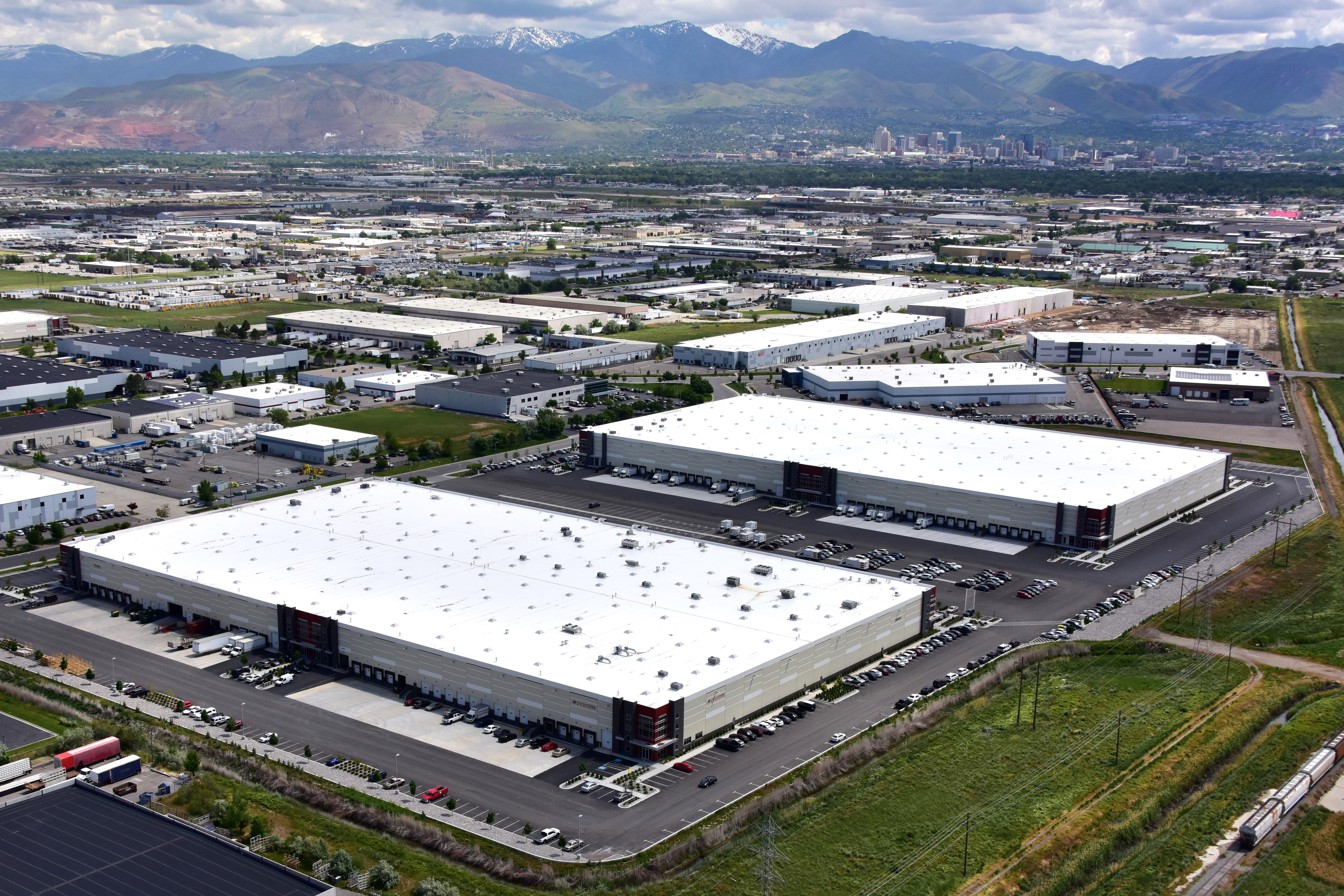Five Questions for Heather Conlan-Katz of Goldman Sachs

April 3, 2020
Without a doubt, Utah has a hot technology market with global brands such as eBay, Adobe, and Qualtrics having large footprints here. There is a “hidden” tech market as well, with companies such as Northrop Grumman, L-3 Communications, and others competing for engineering talent. We caught up with Heather Conlan-Katz, vice president and global head of Technology Client Event Services at Goldman Sachs, for her perspectives on technology and other aspects of Goldman Sachs Engineering.
Do you see Goldman Sachs as a financial services company or a tech company?
This is actually a common question I get when I’m conducting university campus recruiting. Goldman Sachs is a 150-year-old company with financial services at its core, but the business has evolved. Today, the firm employs 37,000 people worldwide, and 9,000 of them are engineers. Technology and financial services really have a symbiotic relationship and the firm is dependent on an extraordinary amount of infrastructure and engineering talent to operate and maintain its competitive advantage.
Our Marcus business is a good example. Marcus is our consumer banking business, and unlike brick and mortar banks, Marcus is digital. Clients can request and manage their loans and savings, and set and track financial goals online or via a mobile app. Behind the scenes, it’s driven and supported by many Goldman Sachs engineers, for example: Infrastructure Engineers, Platform Engineers, Software Engineers, Security Engineers, Data Engineers, etc.
We understand Goldman Sachs employs more than 450 engineers in Salt Lake City. How would you describe the people who work for Goldman Sachs Engineering in Salt Lake City?
It’s a diverse workforce. Goldman Sachs has a robust employee mobility program and employees worldwide continue to relocate here. They enjoy the growth opportunities, beautiful scenery, recreational and quality of life aspects Utah offers. We also have good talent pipelines coming from the University of Utah, Brigham Young University, Westminster College, and other in-state higher education institutions. We also attract a lot of out-of-state talent.
I’d also describe our workforce as highly intelligent. It can be intimidating at first for some to be surrounded by so many really smart people, but our culture is collaborative and consensus-driven. We believe that diversity of people leads to diversity of thought, which leads to world-class solutions.
In technical terms, what kind of work do they do?
This is a hard question to answer briefly because the role of engineers in our business span a very broad landscape. Some examples of types of engineers at Goldman Sachs include Infrastructure and Architecture Engineering, Software Engineering, Platform Engineering (services like Voice, Network, Storage, Messaging, Cloud, Market Data, Mobile, Multimedia to name a few), Data Engineering, Security Engineering, Risk, Identity and Access Management, Incident and Change Management, Client Support, and Quants - engineers that are building algorithms to support things like high-speed trading, analysis and data modeling. I can go on and on.
In other words, when I’m on campus pitching the Goldman Sachs opportunity, I tell students they can have as rich a career in technology here as they can in any large tech company.
With the mention of large tech companies – who else do you compete with when it comes to engineering talent?
Really any tech company or large financial institution represents a competitor for talent. Locally that can be Adobe, Qualtrics, Pluralsight, or Microsoft, or Wells Fargo, Mountain America, JPMorgan Chase, and so on. Everyone is looking for good engineering talent.
What do you think is the trajectory for tech in Utah?
The trajectory of the Utah tech industry is very good. In 2019, the Utah IT industry grew twice as fast as the national average. Because it is growing so quickly there is a large demand for engineers and industry competition to attract talent.
It’s encouraging to see the state’s initiative to put computer science in every K-12 classroom to expose young people to technology. It’s the right move and the state needs to continue to invest in these efforts. Hopefully it will positively influence Utah’s future engineering talent pool. The universities are doing an amazing job with their engineering programs.
As a business community, I think we have to do a better job selling the quality of life and breadth of career benefits and opportunities we have here in Utah. We want to keep our Computer Science and Engineering college graduates here and attract out of state talent. These and other efforts like the K-12 Computer Science initiative are necessary to foster continued growth.
Bonus question - What are you proudest of in your organization at Goldman Sachs?
I recently won the Women Tech Council Diversity Leadership award for my efforts in developing and heading the firm’s Salt Lake City Women in Engineering Network. I’m very proud of the network and what we’ve accomplished, though there’s more work to do! The network has consistently grown each year and there are now more than 100 women in Engineering in our Salt Lake City offices.
The Goldman Sachs Salt Lake City Women in Engineering Network enriches the careers of our women in engineering by offering events that focus on career development, networking, mentoring, recruiting and retention, training and community engagement.
The network also provides community engagement opportunities for our women engineers to be role models and give back to our local community. For example, some of our network members are currently supporting a Girls Who Code Club at a local middle school. In addition, the network also works with organizations such as Women Tech Council, She-Tech, Girl Scouts of Utah, Utah STEM Action Center, Girls Who Code and various local schools.
It’s exciting to see women engineers who started at Goldman Sachs as interns becoming vice presidents. The momentum is growing!






